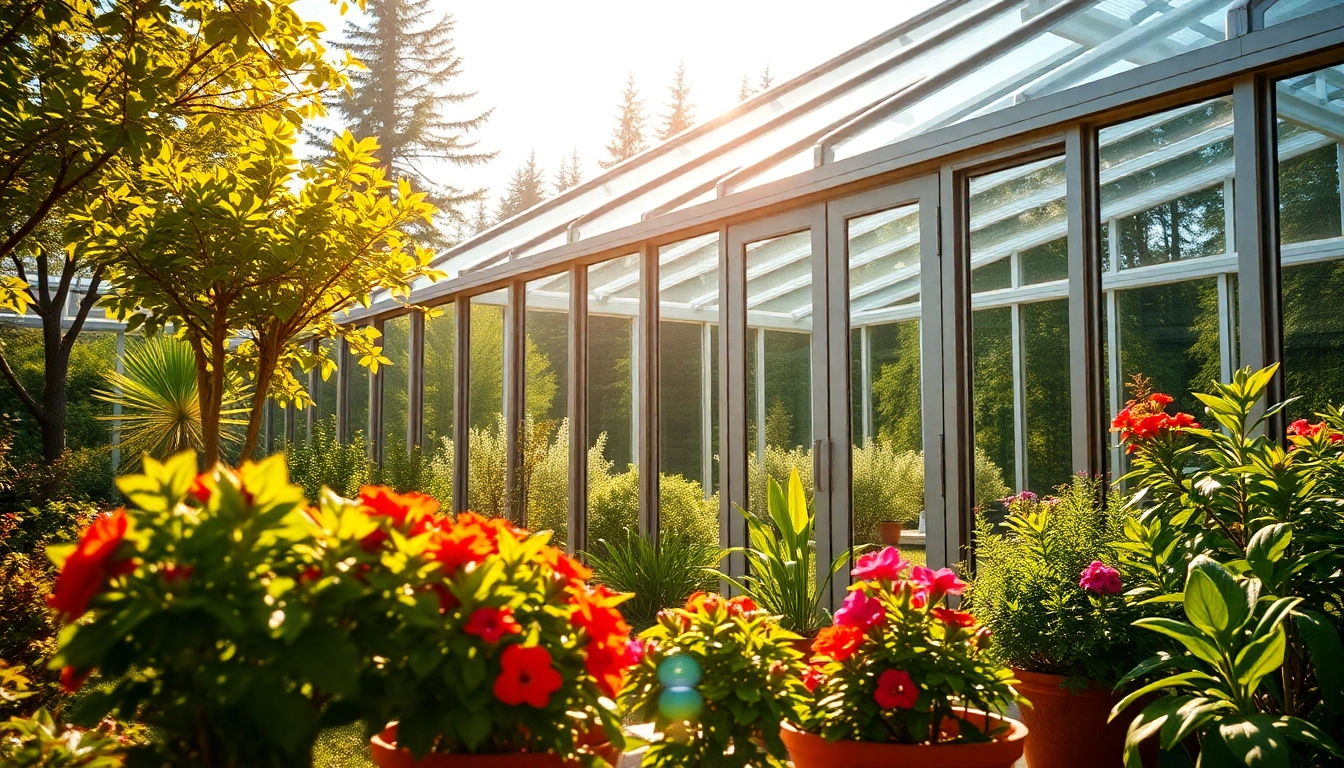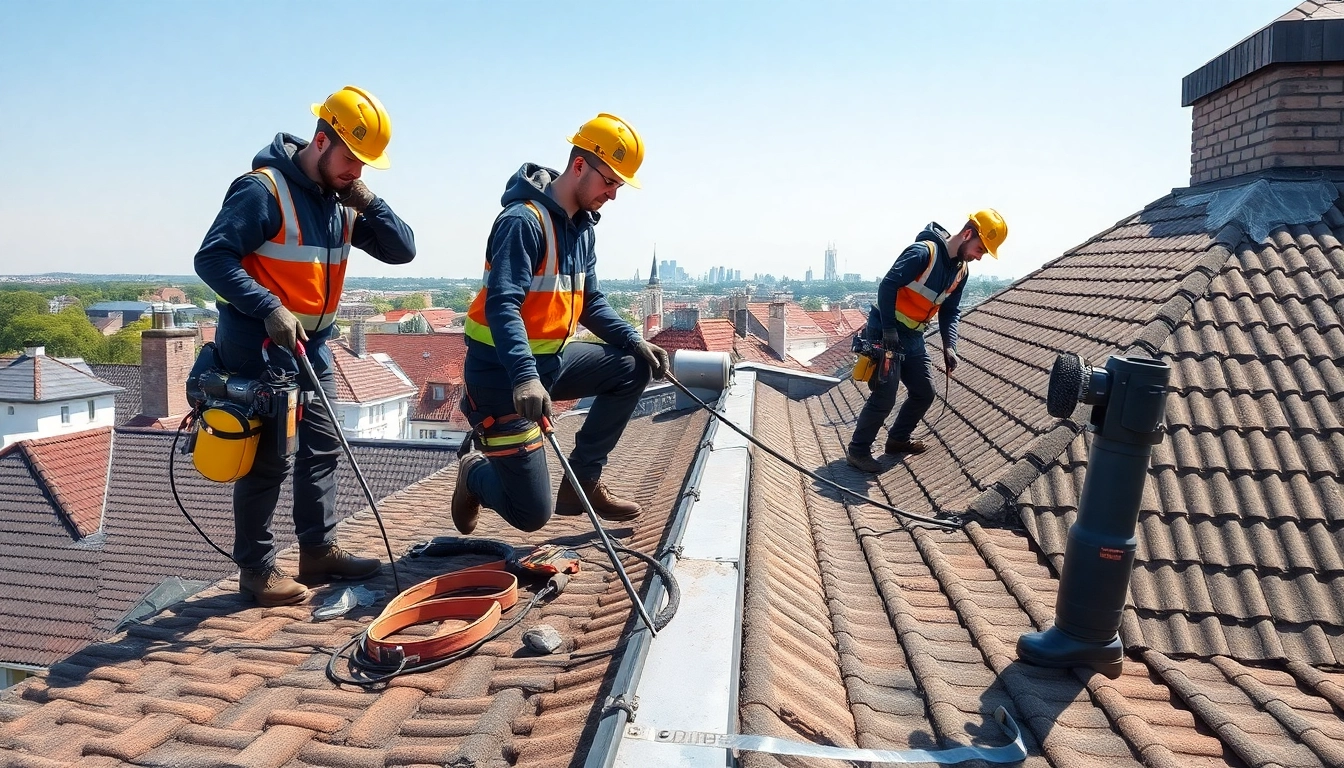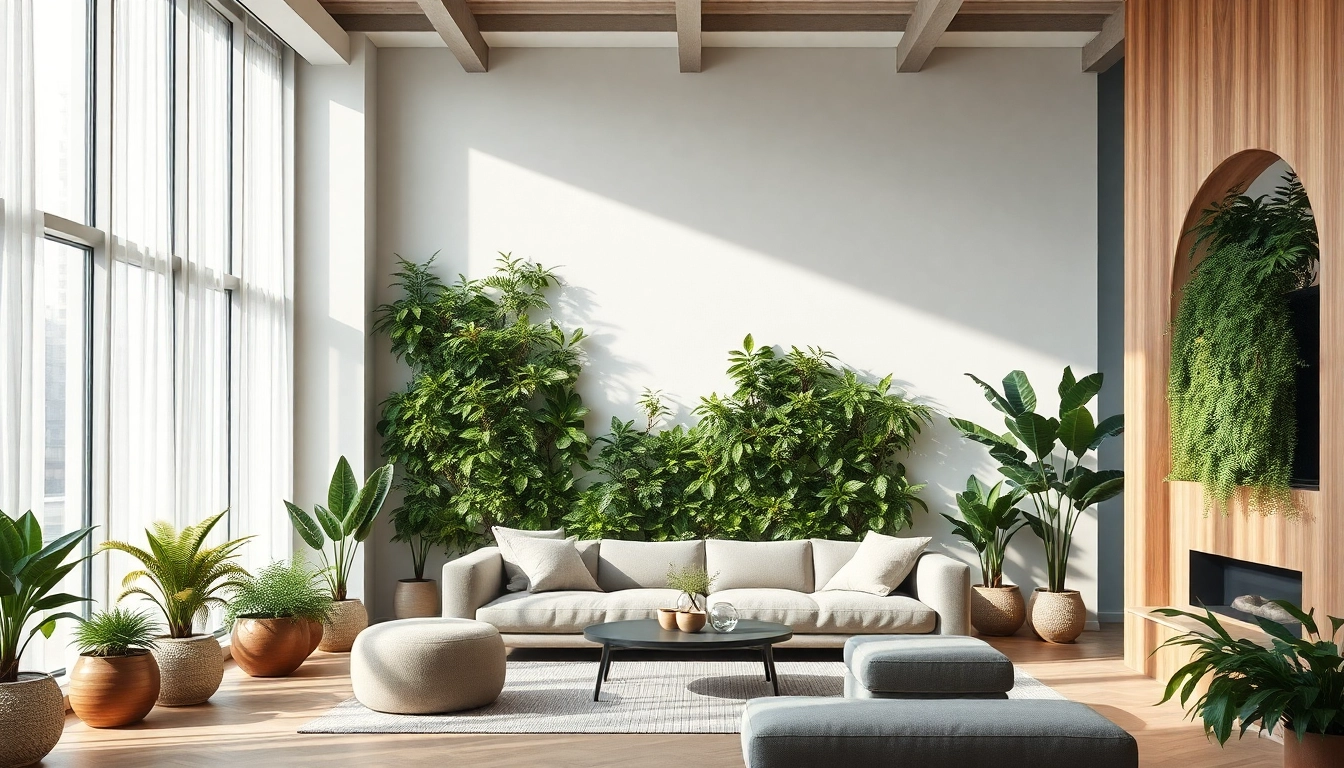Introduction to Greenhouse Sunroom
The allure of a greenhouse sunroom is undeniable, manifesting as a harmonious fusion of indoor comfort and outdoor beauty. This unique structure not only enhances your home’s aesthetic appeal but also nurtures your passion for gardening, serving as a sanctuary for your plants. Whether you envision a vibrant space filled with blooming flowers or a tranquil retreat for relaxation, understanding the essentials of greenhouse sunrooms can help transform your living environment into a sun-drenched oasis. From the initial concept to design considerations, maintenance, and care, this comprehensive guide will explore every aspect of greenhouse sunrooms, ensuring you create a space that thrives.
When contemplating the addition of a greenhouse sunroom to your home, it is vital to explore various designs, materials, and functionalities. This exploration is not merely about aesthetics; it encompasses the emotional and psychological benefits of incorporating more natural light into your living space. For many homeowners, a greenhouse sunroom represents a commitment to enhancing lifestyle quality through gardening, relaxation, and improved well-being.
Understanding the Concept of Greenhouse Sunroom
A greenhouse sunroom is a specialized structure that combines the functional aspects of a greenhouse with the comfortable, living space characteristics of a traditional sunroom. Typically built from glass or other transparent materials, greenhouse sunrooms allow ample sunlight to filter through, making them ideal for growing plants while also providing a delightful living area for homeowners.
The concept of a greenhouse sunroom arises from the desire to extend outdoor living space, enabling individuals to enjoy their gardens throughout the year regardless of weather conditions. Whether used for nurturing delicate plants or as a calming retreat from daily stresses, greenhouse sunrooms can play various roles, catering to diverse interests and lifestyles.
Benefits of a Greenhouse Sunroom
The advantages of incorporating a greenhouse sunroom into your home are numerous, extending beyond mere decoration and into the realms of functionality and lifestyle enhancement.
- Natural Illumination: The transparent materials used in constructing greenhouse sunrooms ensure natural light permeates the interior, which can positively impact mood and productivity.
- Extended Growing Seasons: For gardening enthusiasts, greenhouse sunrooms provide a climate-controlled internal environment that allows plants to thrive year-round, giving rise to an abundance of fruits and flowers.
- Increased Home Value: Adding a greenhouse sunroom can significantly boost your property value, making it more appealing to potential buyers looking for unique features in a home.
- Versatile Usage: These spaces can double up as relaxation areas, gardening spaces, playrooms for children, home offices, or yoga studios, providing multifunctional use tailored to your needs.
- Environmental Benefits: By growing your plants, fruits, and vegetables, you contribute to a greener environment and promote sustainability practices.
Common Materials Used in Greenhouse Sunroom Construction
A variety of materials can be employed in constructing greenhouse sunrooms, each having unique characteristics and benefits. Choosing the right material is essential for achieving durability, efficiency, and aesthetic appeal.
Glass
Glass is the most popular choice for greenhouse sunrooms, as it provides superior light transmission and adds elegance to any structure. When selecting glass, homeowners should consider energy-efficient options, such as double or triple glazing, which help reduce heat loss and maintain consistent temperatures.
Polycarbonate
Another effective material is polycarbonate, a lightweight, durable plastic that offers excellent insulation properties. It is less prone to shattering than glass, making it a safe alternative for families with children or pets. Additionally, polycarbonate panels provide UV protection, ensuring that both plants and occupants are safeguarded from excessive sun exposure.
Vinyl and Aluminum Frames
Frame materials, such as vinyl and aluminum, are essential for the structural integrity of the greenhouse sunroom. Vinyl frames offer energy efficiency and require little maintenance, while aluminum frames provide durability and can be painted in various colors to complement your home’s design.
Types of Greenhouse Sunroom Designs
Greenhouse sunrooms come in various designs, each suited to different preferences, space dimensions, and functionality. Understanding these variations will help you make informed decisions as you plan your greenhouse sunroom.
Freestanding vs. Attached Greenhouse Sunroom
The choice between a freestanding and an attached greenhouse sunroom significantly impacts your overall living experience.
- Freestanding Greenhouse Sunroom: This design operates as a stand-alone structure in your backyard or garden area. It allows for ample natural light, providing an excellent microclimate for plants. A freestanding greenhouse offers complete flexibility in design and placement, ensuring you can create a personalized outdoor escape.
- Attached Greenhouse Sunroom: An attached greenhouse sunroom shares a wall with your home, serving as an extension of your living space. This design provides easy access from the main house, making it an ideal option for those who want to enjoy the benefits of a greenhouse sunroom without a significant outdoor commitment. The attached design is great for maintaining warmth and energy efficiency within your living environment.
Four-Season Greenhouse Sunroom
A four-season greenhouse sunroom is a design that allows you to utilize the space year-round, regardless of the weather outside. This structure typically includes better insulation, climate control systems like heating and cooling, and robust construction to withstand varying temperatures.
Four-season designs are perfect for homeowners who want to use their greenhouse sunroom for gardening hobbies during the winter months or for social gatherings regardless of the season. These spaces become a versatile extension of your home and can be enjoyed throughout the year.
Custom Designs for Unique Spaces
Creating a custom greenhouse sunroom tailored to your specific preferences and needs allows for a more personal touch. Custom designs can include unique roof angles, specialized glass placement, and various functionalities based on your lifestyle, such as built-in seating, open plant shelving, or integrated irrigation systems.
Moreover, working with a designer or architect can help ensure that your greenhouse sunroom aligns with your home’s architecture while maximizing the efficiency of natural light and plant growth.
Planning Your Greenhouse Sunroom Project
Before embarking on your greenhouse sunroom project, careful planning and consideration of various aspects are vital. This stage sets the foundation for a successful build that meets your aesthetic desires and functional needs.
Choosing the Right Location
The location of your greenhouse sunroom plays a crucial role in determining its overall functionality. Ideally, you should select a site that receives the most sunlight throughout the day, which is vital for plant growth and natural daylight within your living space. The orientation of the sunroom should maximize exposure to sunlight while minimizing shading from your home or surrounding structures.
Consider how the sunlight travels across your property throughout different seasons. Factors such as trees, fences, and buildings can obstruct light, so plan accordingly to avoid future shading issues.
Budgeting for Your Greenhouse Sunroom
Establishing a clear budget is fundamental when planning your greenhouse sunroom project. Various factors influence the total cost, such as material selection, design complexity, and overall size. During budgeting, do not forget to account for installation costs and landscaping, if required.
Consider allocating a contingency fund for unexpected expenses, which can help mitigate financial stress as the project progresses. It’s advisable to gather multiple quotes from contractors and compare prices and services offered to ensure you receive the best value for your investment.
Permits and Regulations to Consider
Before beginning construction, it is essential to understand and fulfill any local zoning laws and building codes. In many cases, adding a greenhouse sunroom involves securing building permits due to structural changes to your property. Contact local authorities to inquire about necessary permits and regulations that apply to your building project.
Compliance ensures that your greenhouse sunroom meets safety standards and avoids future complications during the construction or sale of your home.
Designing Your Greenhouse Sunroom
With your plans set and considerations addressed, it’s time to focus on the design of your greenhouse sunroom. A well-designed space not only maximizes utility but also enhances the joy derived from spending time there.
Incorporating Functional and Aesthetic Elements
Designing a greenhouse sunroom involves balancing functionality with aesthetic appeal. Consider incorporating elements that facilitate your primary use of the space, whether it’s growing plants or serving as a relaxation area. Functional features can include benches for plant maintenance, built-in shelving for tools, and a potting station for convenient access.
Aesthetic enhancements might include decorative planters, cozy seating, and vibrant wall colors to create a welcoming atmosphere. Incorporate personal touches such as painted flower pots or artwork that reflects your style and interests.
Best Practices for Plant Arrangement
The layout of plants within your greenhouse sunroom significantly impacts their growth and maintenance. Utilize vertical space by incorporating shelves or hanging planters to maximize your planting area while providing adequate air circulation around each plant. Group plants with similar light and watering needs together to simplify care routines.
Additionally, consider varying heights and sizes of plants, creating depth and visual interest. This arrangement will make the space more dynamic and enjoyable for both you and your visitors.
Lighting and Climate Control Options
Effective lighting and climate control are paramount in establishing a thriving environment for your plants. Natural light from your greenhouse sunroom will be the primary source of illumination; however, supplemental artificial lighting may be necessary during short winter days or in lower light conditions.
Using energy-efficient LED grow lights can enhance plant growth while reducing electricity costs. For climate control, consider investing in heaters, fans, and ventilation systems to manage temperature fluctuations. Proper ventilation is essential for plant health and can help mitigate common issues such as mold and mildew.
Maintenance and Care for Your Greenhouse Sunroom
Once your greenhouse sunroom has been built, regular maintenance and care are vital to ensuring its longevity and optimal functionality. Proper attention to this space allows for year-round enjoyment, whether you are growing plants or relaxing.
Seasonal Maintenance Checklist
Establishing a seasonal maintenance checklist can help you stay organized and ensure that your greenhouse sunroom operates efficiently. Regular tasks may include:
- Cleaning glass panels to maximize sunlight exposure.
- Inspecting structural components for leaks, rot, or any damage.
- Checking and calibrating climate control systems to ensure peak performance.
- Rearranging plants to fit seasonal growth patterns and lighting needs.
- Testing soil quality and refreshing nutrients when necessary.
Pest Control Strategies
Regular inspections are crucial in identifying potential pest infestations before they become significant issues. Implementing integrated pest management practices, such as introducing beneficial insects like ladybugs or using organic pest repellents, can control pests while preserving the ecological balance.
Maintaining plant health through proper watering, pruning, and fertilization reduces the risk of pest problems. Combining these strategies creates a resilient environment that discourages unwanted pests while nurturing your plants.
Enhancing Longevity of Your Greenhouse Sunroom
To enhance the longevity of your greenhouse sunroom, consider protective measures such as shade cloths or roll-up screens to prevent excessive heat buildup during peak summer months. Regularly clear debris and check drainage systems to prevent water accumulation, which can lead to deterioration.
Investing in durable materials and undertaking timely repairs is essential in maintaining structural integrity. A proactive approach to care and maintenance will allow your greenhouse sunroom to flourish and provide you with enjoyment for years to come.


